Throughout history, dogs have played crucial roles in human society, far beyond the typical image of loyal companions. Many breeds were specifically developed for unique and sometimes surprising professions, showcasing their incredible versatility and intelligence. These historical roles often highlight certain breeds’ specialized skills and traits, whether it’s herding, guarding, hunting, or even more unusual tasks. Understanding the past professions of these breeds not only provides insight into their natural behaviors and abilities but deepens our appreciation for their contributions to human life.
10. Newfoundland
The Newfoundland is a large, powerful dog known for its gentle and friendly nature. Historically, these dogs were bred as working dogs for fishermen in Newfoundland, Canada. Newfoundlands were used for their strength and swimming abilities to haul fishing nets, retrieve lost equipment, and even rescue people from drowning. Their webbed feet and water-resistant coat made them excellent swimmers, and their strong, muscular build allowed them to perform physically demanding tasks. The Newfoundland’s role as a water rescue dog is a surprising yet fitting profession for this gentle giant, known for its calm demeanor and loyalty.
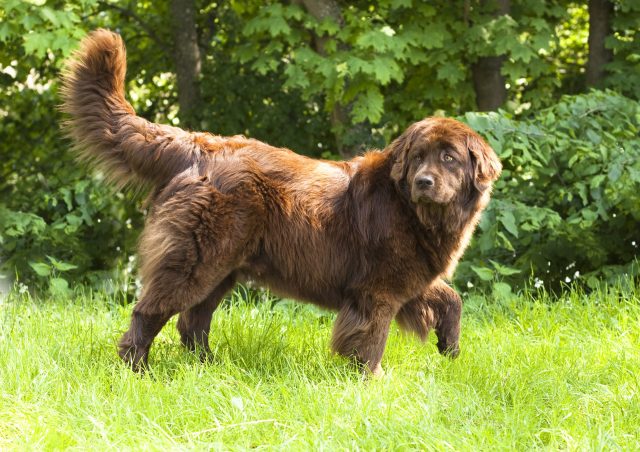
9. Dalmatian
Dalmatians are easily recognizable with their distinctive spotted coats, but their historical profession is less well-known. Dalmatians were originally bred as carriage dogs, running alongside horse-drawn carriages to protect them from threats and clear the way. They were particularly popular with fire brigades, where they would help guide horses and guard the equipment while the firefighters worked. Dalmatians were chosen for their endurance, agility, and protective nature. Their unique role as firehouse mascots continues today, but few people know the origins of this tradition, showcasing the breed’s historical importance in public safety.

8. Greyhound
Known for their speed and grace on the racetrack, Greyhounds have a history that extends far beyond racing. These sleek and slender dogs were once used as postal workers in rural areas. Due to their incredible speed, Greyhounds were trained to deliver messages and small parcels across long distances, especially in areas where traditional mail carriers struggled to navigate. Their lightweight build and endurance made them perfect for this job, allowing them to cover large areas quickly and efficiently.
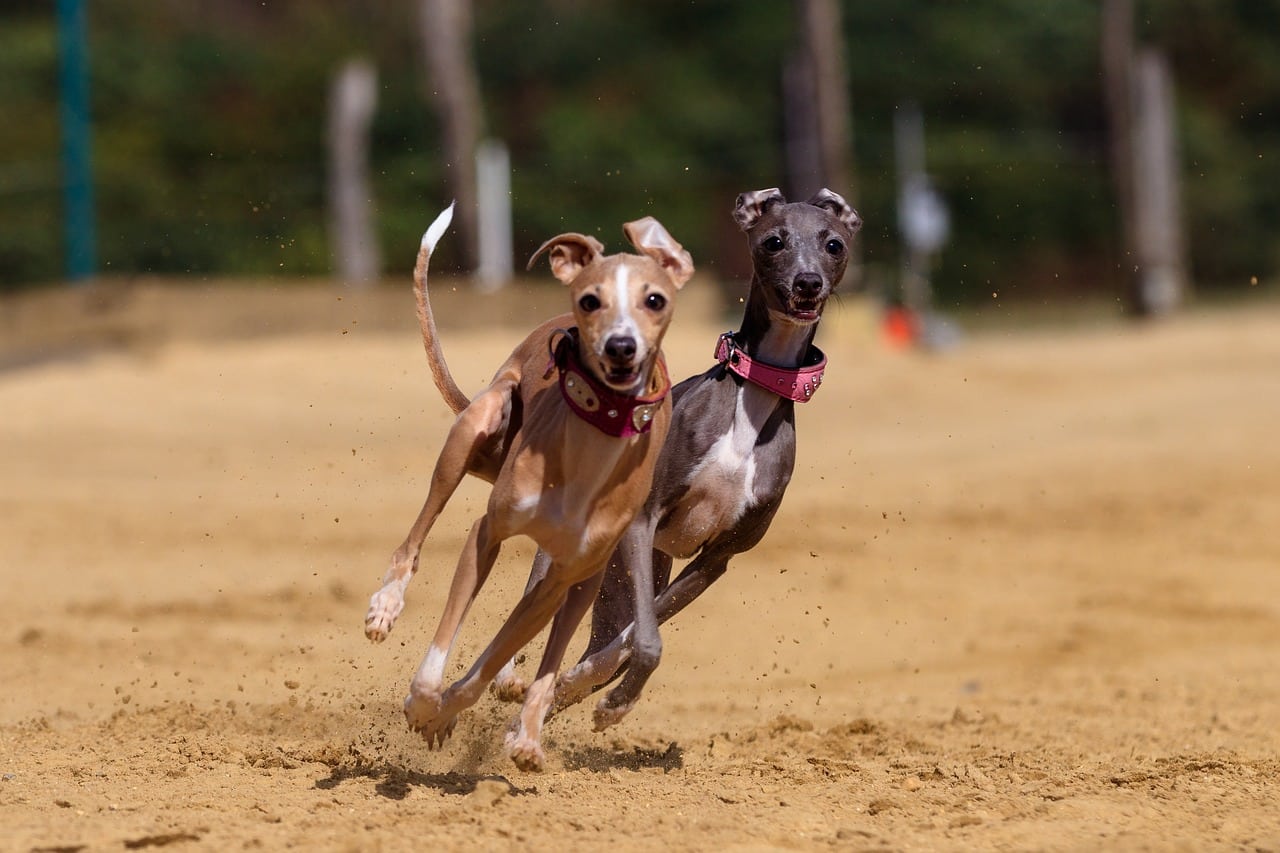
7. Bedlington Terrier
With their distinctive lamb-like appearance, Bedlington Terriers might not seem like typical working dogs, but they have a surprising past profession. Originally bred in the mining towns of Northumberland, England, Bedlington Terriers were used to hunt vermin and other small game. They were particularly skilled at catching rats and other pests, helping to keep the mines and homes free of disease-carrying creatures. Bedlingtons were also used in dog fighting and hunting, displaying a tenacity and courage that belies their soft appearance. Their history as vermin hunters highlights their intelligence, agility, and fearless nature.

6. Lhasa Apso
The Lhasa Apso is a small, ancient breed from Tibet, known for its long, flowing coat and regal demeanor. Despite their small size, Lhasa Apsos were originally bred as sentinel dogs in Tibetan monasteries and palaces. Their primary job was to alert the larger guard dogs, such as Tibetan Mastiffs, of any intruders. Lhasa Apsos have keen hearing and a strong protective instinct, making them excellent watchdogs. Their history as sentinel dogs reflects their bravery and loyalty, qualities that are still present in the breed today.
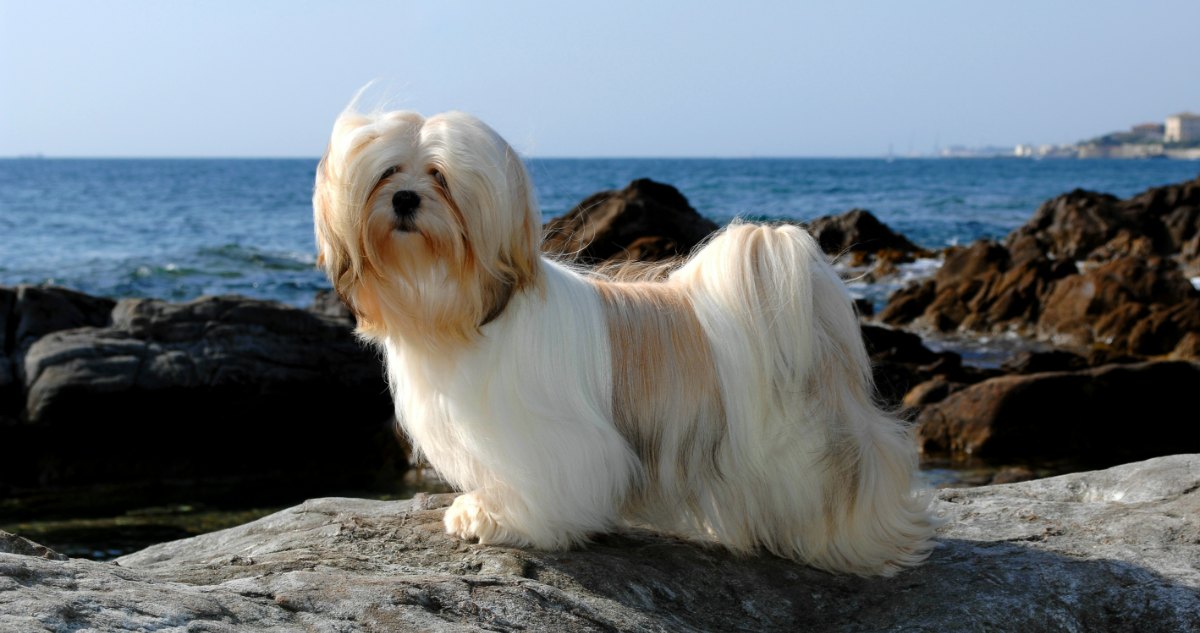
5. Xoloitzcuintli
The Xoloitzcuintli, also known as the Mexican Hairless Dog, is one of the oldest and rarest dog breeds in the world. This ancient breed was considered sacred by the Aztecs and other Mesoamerican civilizations. Xolos were believed to have healing properties and were often used in rituals and ceremonies. They were also considered guardians of the afterlife, guiding the souls of the deceased to the underworld. Xolos were often buried with their owners to fulfill this role. Their history as spiritual guides and healers is a unique and surprising aspect of this ancient breed’s heritage.
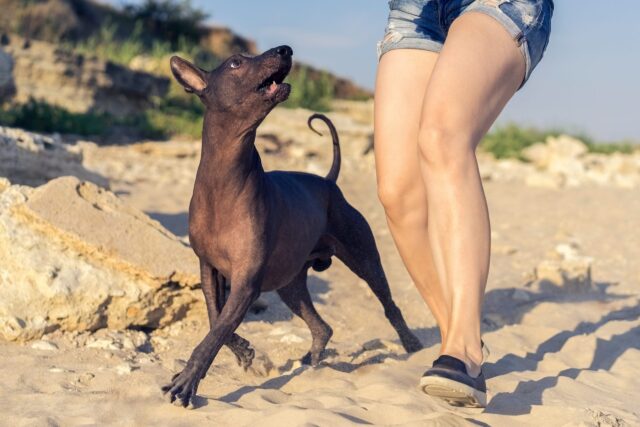
4. Norwegian Lundehund
The Norwegian Lundehund is a rare and unique breed known for its extraordinary flexibility and additional toes. These dogs were originally bred to hunt puffins on the steep cliffs of Norway. Lundehunds have a remarkable range of motion in their joints, allowing them to climb and navigate rocky terrain with ease. They also have six toes on each foot, providing extra grip and stability. The breed’s ability to fold their ears and turn their heads 180 degrees are additional adaptations for hunting in narrow crevices. The Norwegian Lundehund’s specialized anatomy and hunting skills make them one of the most unique breeds with a surprising past profession.
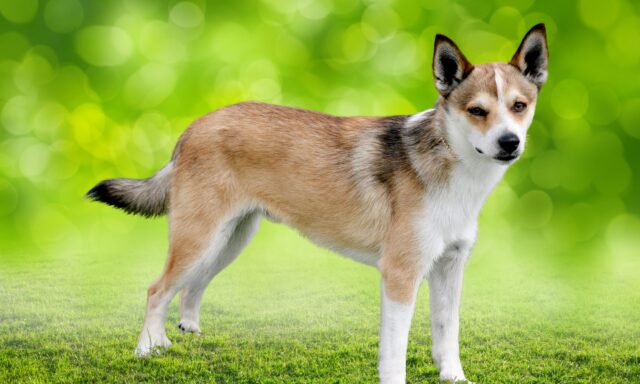
3. Komondor
The Komondor, with its distinctive corded coat, is a Hungarian breed originally developed to guard livestock. Their white, woolly coat resembles a mop and provides excellent camouflage among sheep. Komondors were used to protect flocks from predators, such as wolves and bears, blending in with the sheep and launching surprise attacks on intruders. The breed’s protective nature and bravery made them excellent guardians. Their unique appearance and history as livestock protectors highlight their strength, intelligence, and loyalty. Today, they are valued for their protective instincts and impressive appearance.

2. Tibetan Mastiff
The Tibetan Mastiff is a large, ancient breed known for its imposing size and protective nature. These dogs were traditionally used as guardians in the Himalayan region, protecting monasteries, villages, and livestock from predators and intruders. Tibetan Mastiffs have a deep, resonant bark that can be heard from long distances, making them effective at deterring potential threats. Their thick double coat provides protection from the harsh mountain climate. The breed’s history as guardians reflects their loyalty, bravery, and independent nature. Today, they are still known for their protective instincts and are often used as guard dogs.
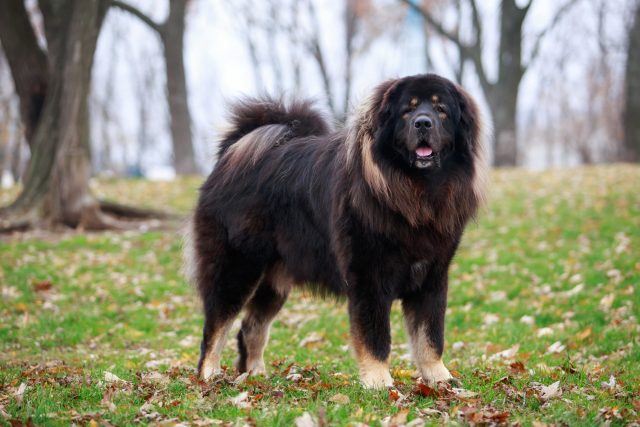
1. Peruvian Inca Orchid
The Peruvian Inca Orchid, also known as the Peruvian Hairless Dog, is a rare and ancient breed from Peru. These dogs were highly valued by the Inca civilization and other indigenous cultures. They were often kept as companion animals and were believed to have mystical and healing properties. The breed’s hairless variety was especially prized, as it was thought to be hypoallergenic and have therapeutic warmth. Peruvian Inca Orchids were also used as bed warmers, providing comfort and warmth to their owners during cold nights. The breed’s history as a spiritual and therapeutic companion is a unique aspect of its heritage.
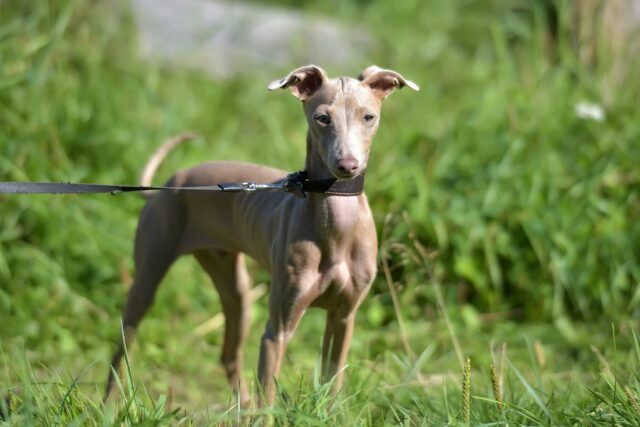
These dog breeds have surprising and fascinating histories that go beyond their roles as pets. From guarding livestock and protecting property to hunting games and serving as spiritual guides, these breeds have showcased their versatility and adaptability in various professions. Understanding these historical roles gives us a deeper appreciation for the unique qualities and skills of these dogs, reminding us of the rich and diverse history of our canine companions. Whether they’re protecting sheep or providing warmth, these breeds have proven themselves as invaluable partners to humans throughout history.









 These dog breeds have surprising and fascinating histories that go beyond their roles as pets. From guarding livestock and protecting property to hunting games and serving as spiritual guides, these breeds have showcased their versatility and adaptability in various professions. Understanding these historical roles gives us a deeper appreciation for the unique qualities and skills of these dogs, reminding us of the rich and diverse history of our canine companions. Whether they’re protecting sheep or providing warmth, these breeds have proven themselves as invaluable partners to humans throughout history.
These dog breeds have surprising and fascinating histories that go beyond their roles as pets. From guarding livestock and protecting property to hunting games and serving as spiritual guides, these breeds have showcased their versatility and adaptability in various professions. Understanding these historical roles gives us a deeper appreciation for the unique qualities and skills of these dogs, reminding us of the rich and diverse history of our canine companions. Whether they’re protecting sheep or providing warmth, these breeds have proven themselves as invaluable partners to humans throughout history.  Toledo, United States.
Toledo, United States.